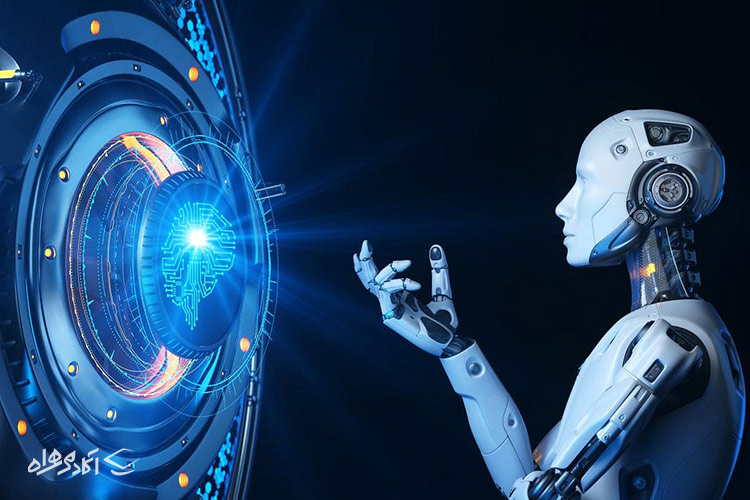
Does artificial intelligence mean the arrival of robots?
Iran Steel News Agency - Recent breakthroughs in artificial intelligence have sparked a new wave of enthusiasm for robotics. The next wave of artificial intelligence is physical artificial intelligence. “AI that understands the laws of physics, AI that can work among us,” said Jensen Huang, chief executive of Nvidia’s chip design division, earlier this year.
Iran Steel News Agency - Recent breakthroughs in artificial intelligence have sparked a new wave of enthusiasm for robotics. The next wave of artificial intelligence is physical artificial intelligence. “AI that understands the laws of physics, AI that can work among us,” said Jensen Huang, chief executive of Nvidia’s chip design division, earlier this year.
Nvidia has been riding the AI model training boom to become the world’s second-largest company by market capitalization, according to Iran Steel. Billions of dollars in venture capital are pouring into robotics startups. They plan to use the same kind of model training techniques that allow computers to predict how a protein will produce amazingly realistic text. Their goal is to first allow robots to understand what they see in the physical world, and second, to interact with it naturally, solving the enormous programming task involved in a simple act like picking up and manipulating an object.
However, the obstacles to building a cost-effective robot that can cook dinner and clean toilets are a hardware issue, not just a software one, and AI alone won’t fix them, let alone solve them. These physical challenges are many and difficult. For example, a human arm or leg is moved by muscles, while a robotic limb must be powered by motors. Each axis of motion that the limb must move through requires more motors. As robotic arms in factories show, all of this can be done, but the high-performance motors, gears, and gearboxes involved add bulk, cost, power requirements, and numerous components that can and do break.
Once the desired motion is created, there’s the challenge of sensing and feedback. For example, if you pick up a piece of fruit, the human nerves in your hand tell you how soft it is and how hard you can squeeze it. You can taste the food being cooked and feel whether it’s burning. Neither of these senses is easily provided to a robot, and they cost more to implement if they’re possible. Machine vision and artificial intelligence might compensate by seeing if the fruit is mashed or the food coloring in the pan is the right color, but they’re imperfect substitutes.
Then there’s the energy issue. Every autonomous machine needs its own power source. Robot arms in factories are plugged into power. They can’t move around. A humanoid robot would likely use batteries, but then there are the challenges of size, power, flexibility, runtime, usable life, and cost. These are just some of the problems. Lots of smart people are working on them, and they’re making progress. But the point is, these are long-standing, difficult physical challenges. Not even a revolution in artificial intelligence will eliminate them.
So what does artificial intelligence make possible in the physical world? Rather than imagining how this technology will lead to human-like machines, it is more practical to imagine how existing machines will change once AI is applied to them. A prime example is autonomous vehicles. In this case, the machine doesn’t need to change at all: the car’s movement in the physical world and its power source work as they always have, while the feel of driving a car is almost entirely visual, which AI can easily compete with, a point that anyone tempted to invest in other robotics applications should consider. It also makes sense to think about how robots that already exist – from industrial robotic arms to robotic vacuum cleaners – will evolve. AI-powered machine vision would subtly expand the range of tasks a robotic arm can perform, making them safer to work alongside humans.
Financial Times
